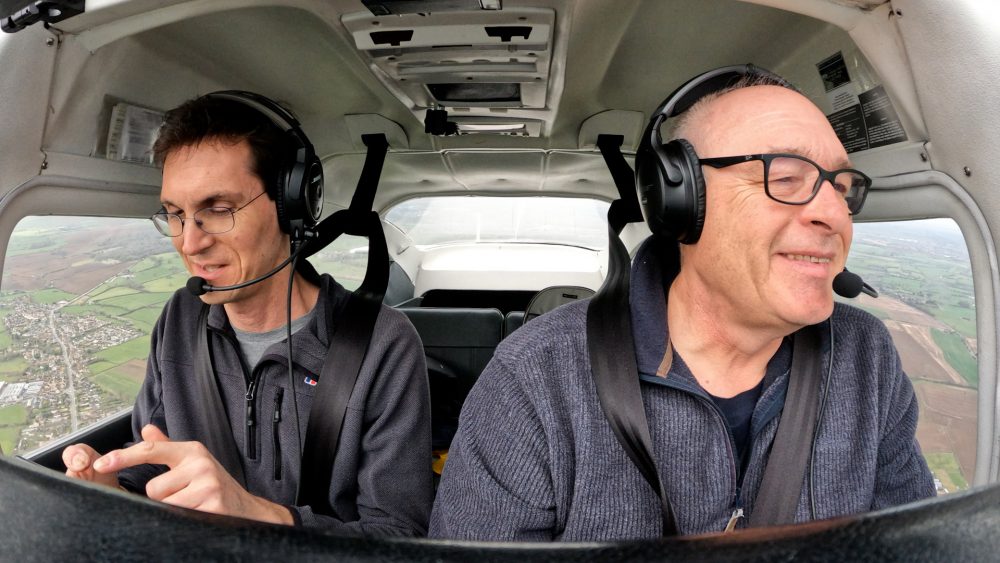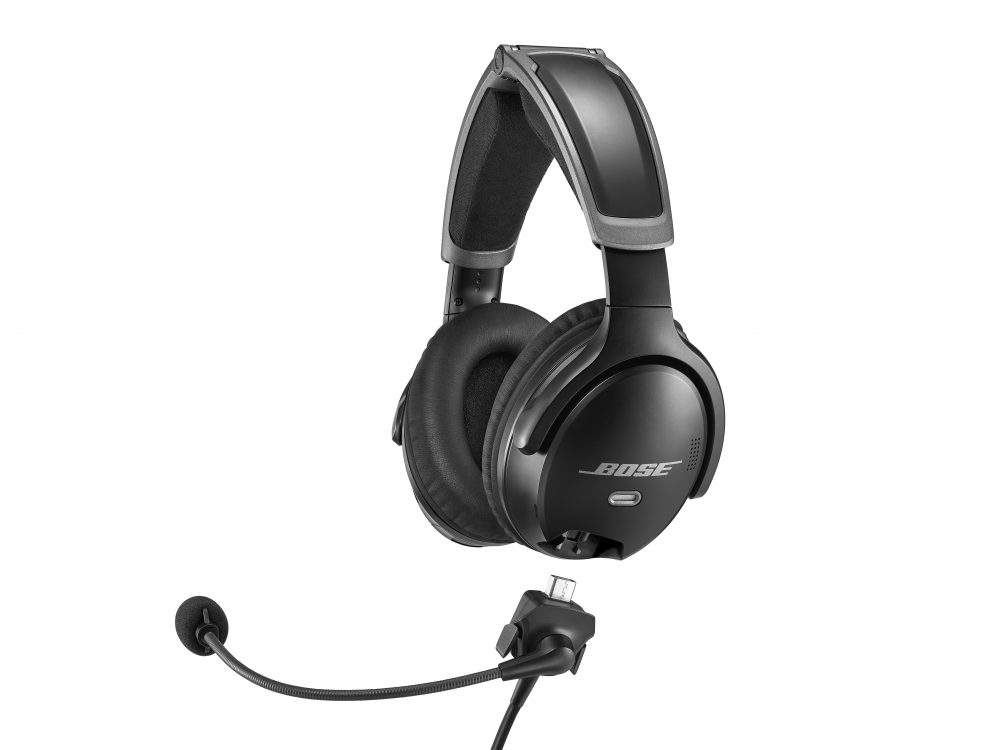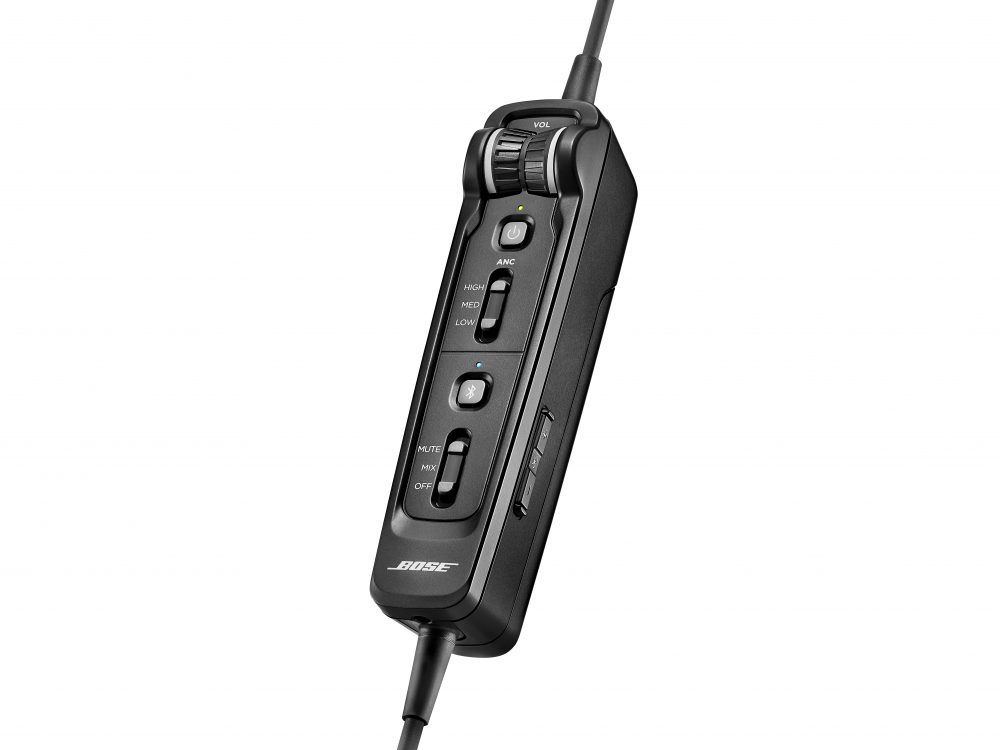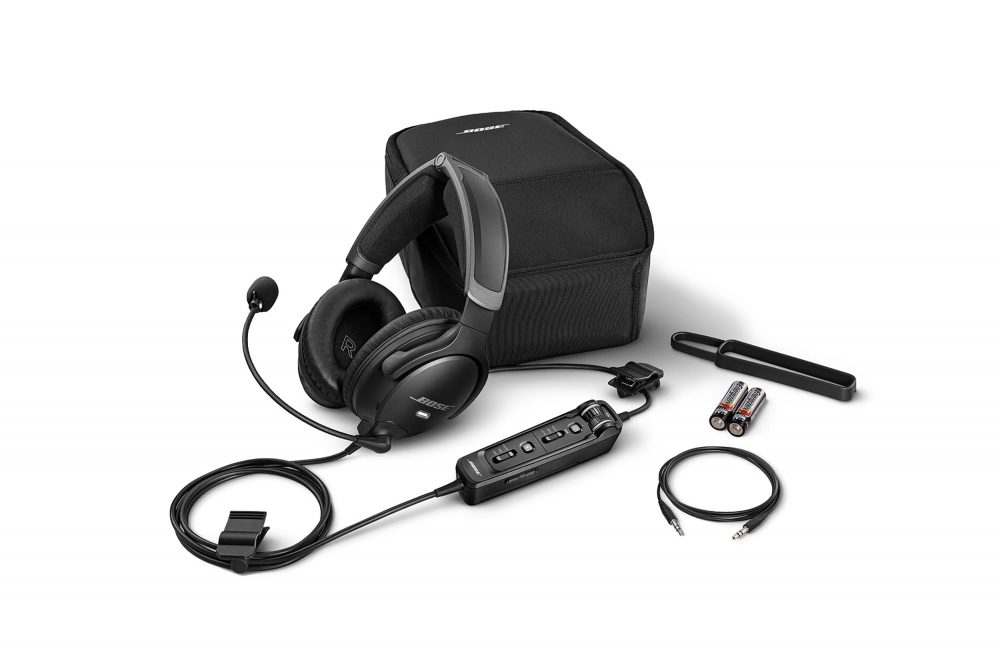Thirteen years ago Bose launched the A20. It started its life at the top of the tree, and it’s from that envious position that it can now look forward to its well earned retirement. There’s a new kid in the cockpit, and it’s the Bose A30.
To oversimplify for those with an even shorter attention span than me, it’s great, will likely get greater still, has some new technical features, and has one thing that I’m not a big fan of.
If you think of the A30 as a better, smoother and more refined version of the A20, you’d have pretty much nailed it. The materials are different and while it’s very clearly a Bose, there are lots of design changes that add up to a much nicer looking and feeling headset that oozes quality. The control box cable is significantly thinner and lighter, and there’s now a posh and shaped rubber band that gives you stretch over the control box to give you a hanger.
One significant and useful design change is the method used for attaching the microphone boom. It clips in and out simply, making changing the side a simple and tool-free experience. My only real niggle is the new headset case which has somehow lost the A20 bag’s oh-so useful external pocket.












